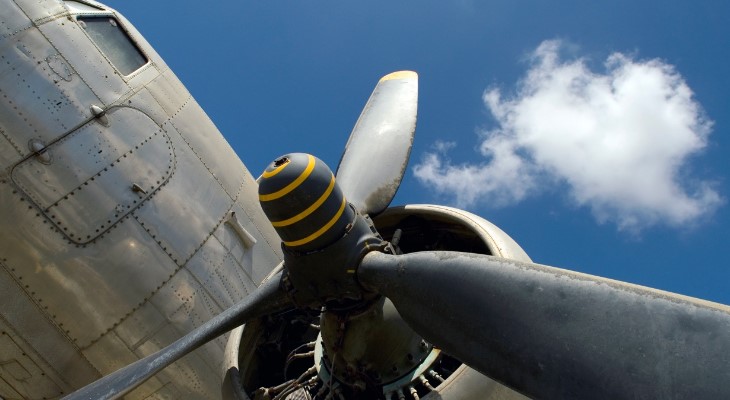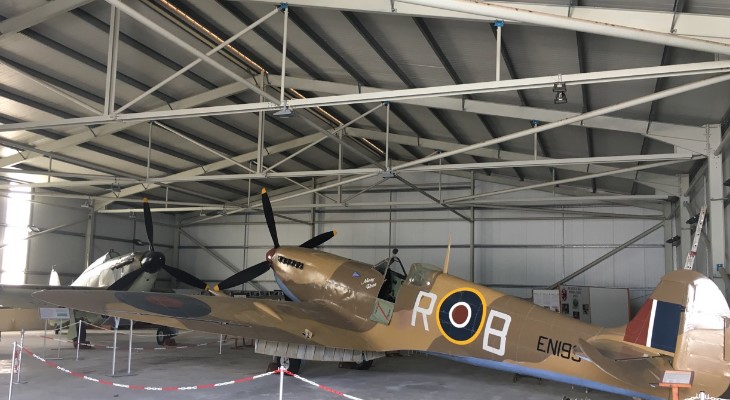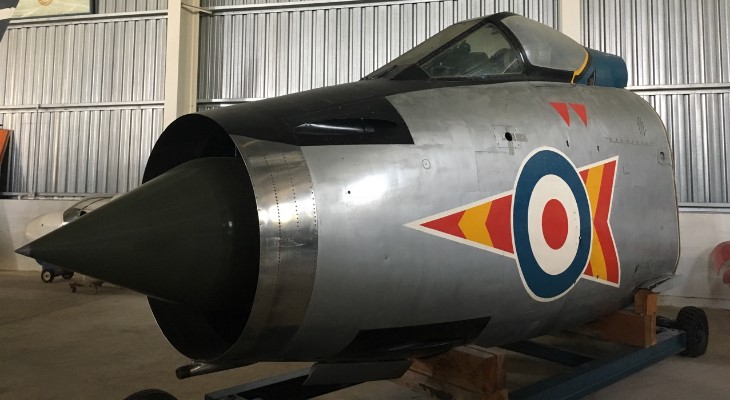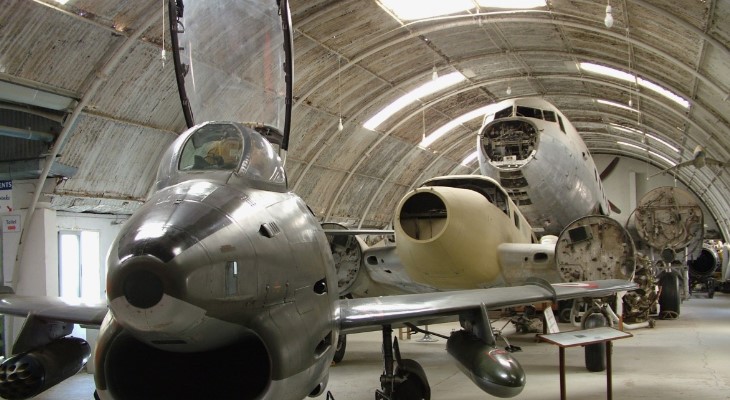The former military airfield of Ta’ Qali showcases Malta’s 100-year old history of aviation, and for those who lived it first hand, some unforgettable memories.
As a British colony for 150 years from 1814 to 1964, and then as a base for the British Armed Forces till 1979, Malta was introduced to aviation quite early. After an Air Balloon from the Royal Engineers Balloon Unit flew in Malta in 1904, the first seaplane flight took off from the surface of the sea at Grand Harbour in Valletta on 13th February 1915, landing on board the aircraft carrier HMS Ark Royal 35 minutes later.
The first seaplane base was built at Kalafrana in 1916, and by the mid-1920s, the first commercial flights took off, connecting Malta to Naples, Syracuse and Tripoli. Ta’ Qali, at the foot of Mdina, became the first civil airfield and during World War II, it was the focus of enemy action together with the military aviation base at Hal Far, receiving a severe battering.
Today, the peaceful national park at Ta’ Qali no longer serves as an airfield but gives a nod to its aviation past with a museum dedicated to the island’s history of aircraft.

©viewingmalta.com
Housed within three large hangars and run by a team of enthusiastic volunteers, the Malta Aviation Museum is not just an aviation fan attraction. Over the years it has become something of a pilgrimage site for past military pilots and their families who come to see the planes they used to fly and recount the fascinating stories of the aircraft on display.
These stories keep the legend of military aviation heroes alive. Heroes such as WWII aces Laddie Lucas, Tom Neil, Colin White and Douglas Robertson, as well as a few German and Italian pilots have all visited the museum. For museum director Ray Polidano, this is one of the highlights of running the attraction, as it gives the aircraft some context.
“We recently had the pleasure of meeting Alan Scott, possibly the last of the Malta Spitfire aces, and the children and grandson of one of the pilots who flew the museum’s Hurricane,” reveals Ray. And in May, the museum will be hosting the daughters of Syd King, a former Spitfire ace pilot. “Syd King flew off USS Wasp on 9th May 1942 with a brand new Spitfire. He handed the Spitfire to Gordon Tweedale who crashed with it at Lija, killing himself and a Maltese soldier. We will also be meeting the daughter of a Belgian pilot who came to Malta in April 1942 and was shot down on 10th May. Luckily, he survived.”

Adriana Bishop
The museum’s Spitfire is arguably their most “precious” exhibit, although Ray is quick to point out that every pilot has his favourite. “This Supermarine Spitfire MkIX EN199 was the aircraft that started the museum after it was restored in 1995. What is remarkable about this particular Spitfire is that it is only one of the very few surviving Spitfire to have seen so much action during WWII,” explains Ray.
“It started its operational life with 81 Squadron fighting in Algiers during Operation Torch in January 1943. It was then flown by Wing Commander Ronald Berry, with which he shot down over six enemy aircraft. It then joined 154 Squadron and was based here at Ta’ Qali for the invasion of Sicily. Flight Officer Edward Artus shot down an Me109 with it during the first days of Operation Husky. It later moved to Sicily, joining 1435 and later 225 Squadron, where it was active throughout the Italian campaign right up to the end of the war in Italy in April 1945.”
It took two and a half years of painstaking work in Ray’s own garage to restore the Spitfire to its former glory, albeit not to flying mode. Missing parts had to be purchased or manufactured, some were donated while other bits were recovered from underwater wrecks.
The museum’s varied display attracts visitors of all ages. “The Spitfire, the Hurricane and the Swordfish are for WWII fans. The Dakota, Harvard and Meteors would interest visitors of a certain age. Royal Navy veterans will appreciate the Vampire and the Seahawk,” continues Ray. “We also have aircraft representing different countries: the Piper L4 in American army colours, the Harvard and Fiat G91 in Italian Air Force colours and the Pou du Ciel from France.”

Adriana Bishop
For my own father-in-law, former RAF test pilot Wing Commander John Bishop, it was the Lightning that caught his attention, even though only its front part is displayed here, albeit with a complete cockpit. Salvaged by a Lightning fan who used it as a garden shed (!) until he donated it to the museum, the aircraft belonged to 92 Squadron at RAF Gütersloh at the same time when John was based there on 19 Squadron, between 1971 and 1974.
“There are some unique exhibits at the museum. A Lightning Mk 2A is indeed pretty rare. Almost the entire service life of this particular aircraft would have been at Gütersloh, on the front line of the Cold War,” says John. “Nostalgia plays a big role for us pilots. It’s nice to see an actual aircraft in a museum. To most people it’s no more than a colourful new shape at an air show but to me, it brings back memories.”
“I loved all the exhibits at the museum. I’ve also flown a DC3 and a Meteor just like the ones exhibited here. As very few military aircraft get to be engaged in combat, it’s clear that the operational history of the Spitfire EN199 puts it way out front. The engines on display are also interesting,” continues John.

©viewingmalta.com - Mick Cundy
The museum’s displays are not just for show. Donated to the museum without wings, the de Havilland Tiger Moth was restored to airworthy standard and even managed to fly from what remains of Ta’ Qali’s original runway.
The museum’s restoration workshop is always busy, and is currently putting the final touches to a Piper Cub L4, which should be restored to flying condition by July, and a Meteor F8, which should be spray painted by the end of 2018. The museum is also set to grow with the arrival of new exhibits. “We are awaiting the arrival of a Hughes 500 from the Guardia di Finanza of Italy and a Bell 212 helicopter from the Italian air force,” says Ray.
Which is your favourite exhibit at the Malta Aviation Museum? Have you or your relatives flown any of these aircraft? Share your stories in the comments below.